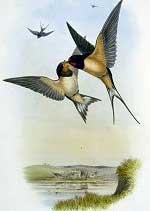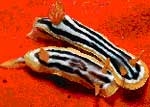The concepts of shrimp and prawns differ in various localities. While many regions refer to prawns as creatures with several characteristics similar to shrimp but smaller in size, in other areas, the term “prawn” is used to describe small fish from various species. This often leads to debates in conversations about what constitutes a shrimp and what constitutes a prawn.
Instead of determining right or wrong in these linguistic differences, it is essential to distinguish between shrimp and prawns in standardized language, along with the biological definitions of these creatures.
Differentiating Shrimp and Prawns
Biological Definitions of Shrimp, Prawns, and Fish
Master Nguyen Thi Ha, former Deputy Director of the Northern Environmental Monitoring Center and Aquatic Diseases (Aquaculture Research Institute 1), states that shrimp and prawns both belong to the group of crustaceans (Crustacea), also known as ten-legged crustaceans. This subphylum of arthropods includes more than 44,000 species such as lobsters, tiger prawns, whiteleg shrimp, giant river prawns, and more.
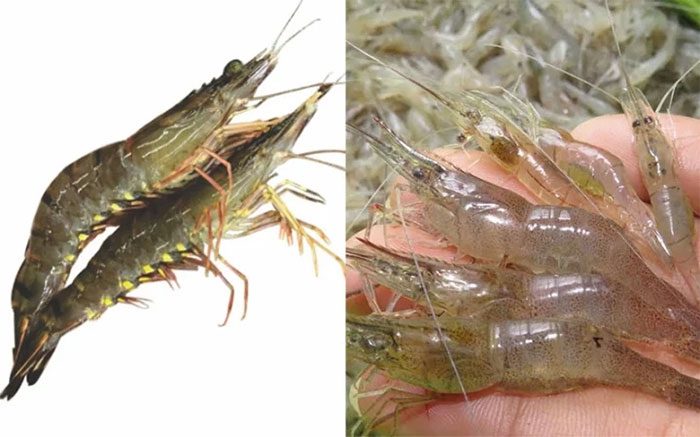
On the left is a shrimp, and on the right is a prawn.
Most shrimp and prawns are omnivorous animals, including species that live in saltwater (such as lobsters) and those that inhabit freshwater (such as river prawns) or brackish waters (such as giant river prawns). They move in water by crawling, swimming with their legs, or in some cases, swimming backward by curling their bodies to escape danger—a distinctive swimming style for many shrimp species.
On the other hand, fish belong to the phylum of vertebrates, which is higher than arthropods on the evolutionary scale. There are currently over 31,900 species of fish, making them the most diverse group among vertebrates.
Thus, in scientific terms, fish are fish, and prawns are prawns; they belong to two different animal phyla. Science also clearly differentiates between shrimp and prawns instead of referring to them as “big shrimp and small shrimp” as is common in some localities.
Differences Between Shrimp and Prawns
According to expert Nguyen Thi Ha, shrimp and prawns differ in size at maturity, coloration, and reproductive methods, as detailed in the following table:
| SHRIMP | PRAWNS | |
| Characteristics | Crustaceans (Crustacea) belonging to the order Decapoda, living naturally in marine, freshwater, and brackish environments. Some species are bred artificially and raised in ponds for high yields, with a cultivation period of 3-12 months depending on the species. | Also crustaceans of the same order as shrimp but from different families and species. Naturally reproducing in freshwater ponds, harvested continuously every day. |
| Common Names | Lobster, tiger prawn, whiteleg shrimp, giant river prawn, green river prawn, red river prawn, etc. | Varied names depending on locality and characteristics, including: – Common prawn (due to high distribution in rice fields). – Bait prawn (used as food for predatory fish). – Rice prawn, corn prawn (in Hai Duong, Nam Dinh, Thai Binh, Thanh Hoa, and some areas in Central Vietnam…). – Mosquito prawn, mòng prawn, seaweed prawn (in southern provinces). |
| Mature Size | The body can reach 100-300mm in length, depending on the shrimp species and ecological regions they inhabit, and the cultivation period. Typically, male shrimp are larger than females. | The body length reaches a maximum of 10-20mm, remaining almost uniform. At a certain point, they die off in ponds, unable to grow larger even if raised for an extended period. |
| Reproduction | Natural reproduction; some species have been domesticated for artificial reproduction like tiger prawns and whiteleg shrimp. | Natural reproduction occurs with three breeding cycles; females carry eggs on their abdomen. |
Classifying Shrimp and Prawns by Appearance
Based on external structure, according to Master Nguyen Thi Ha, the distinguishing features of prawns and some shrimp species are as follows:
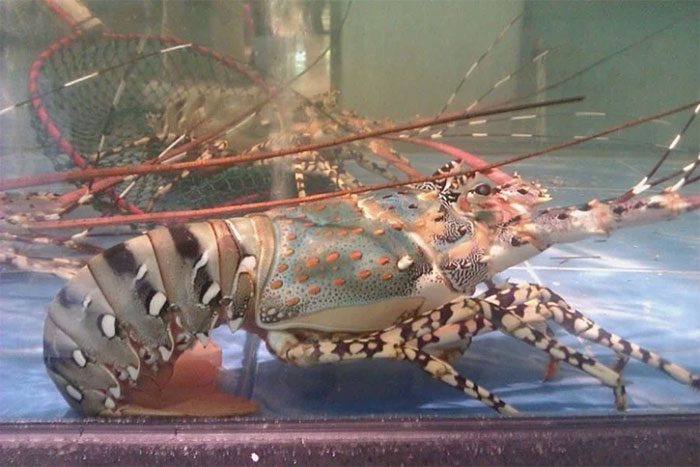
Flower Lobster – P. ornatus: Commercial size is large, weighing over 1 kg each, with some reaching 2.5-3 kg depending on the cultivation period. It is called flower lobster due to its body patterns and floral designs.
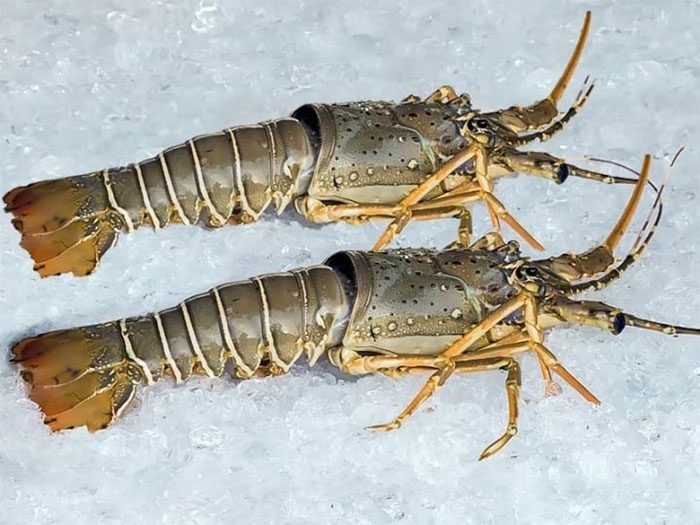
Bamboo Lobster – P. polyphagus: Commercial size is smaller than flower lobster, reaching 0.2-0.5 kg each, commonly farmed in the coastal provinces of Central Vietnam. Bamboo lobster has a relatively thin shell and plenty of meat.
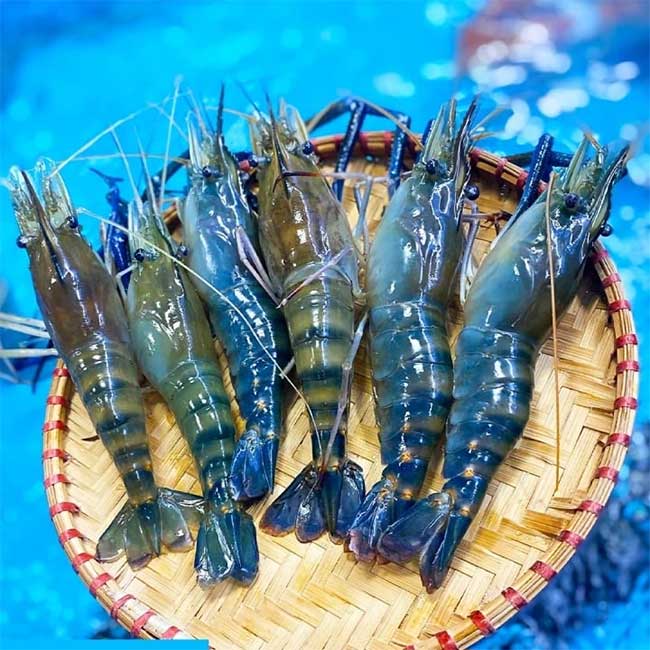
Giant River Prawn – M. rosenbergii: Commercial size reaches 0.1-2 kg depending on the cultivation period, with male prawns having very large claws, while females are smaller than males. This species is commonly farmed in the Mekong Delta and is raised in freshwater.
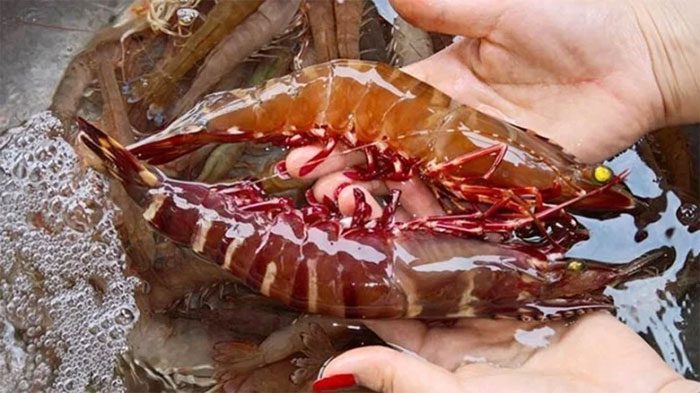
Tiger Prawn – P. Monodon: This bottom-dwelling species has a darker color; commercial size typically ranges from 5-50 prawns per kg depending on the cultivation period. It has been artificially bred and widely farmed in coastal provinces of Vietnam, gaining popularity among consumers.
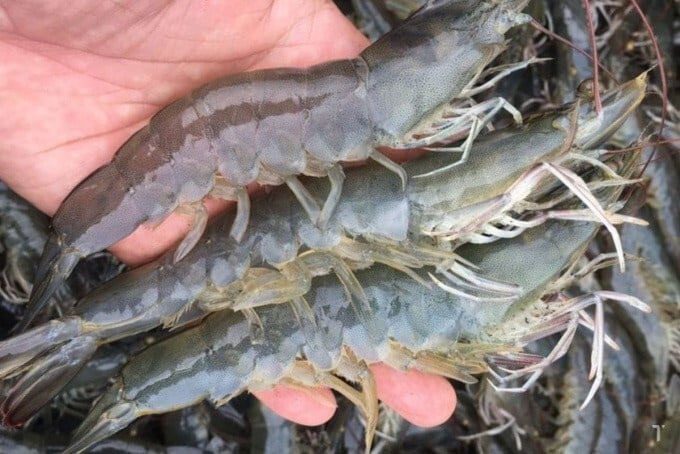
Whiteleg Shrimp – P. Vannamei: Known for rapid growth, high density farming, and high yields, it is a key export product of Vietnam; it has been artificially bred and widely farmed in coastal provinces. Whiteleg shrimp is a commonly consumed dish in Vietnam.

Common Prawn – C. flavilineata: Very small in size, usually used to make soup, prawn paste, and as bait for some rare species. Prawns are sold at lower prices than shrimp and are used in various dishes.
The above information provides a detailed analysis by expert Nguyen Thi Ha on distinguishing between shrimp and prawns, offering readers a basis for reference to avoid confusion between these two species.









































